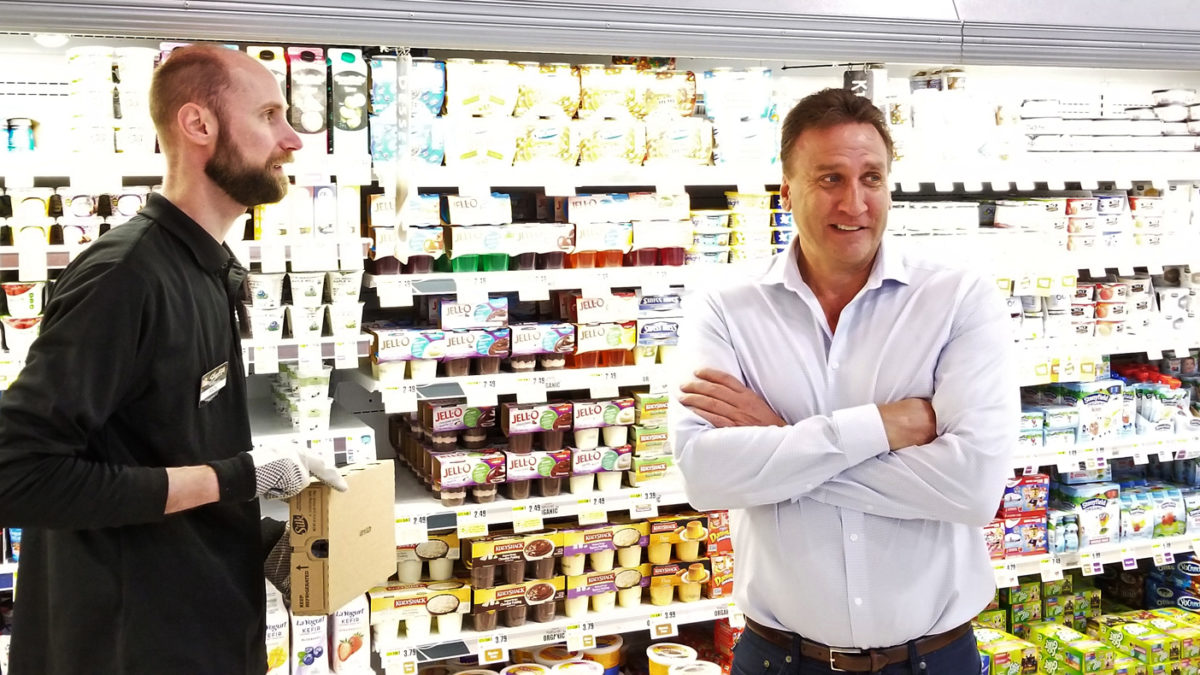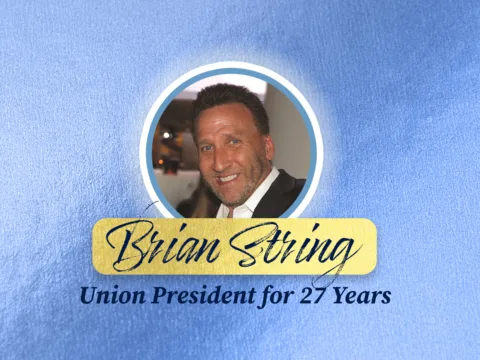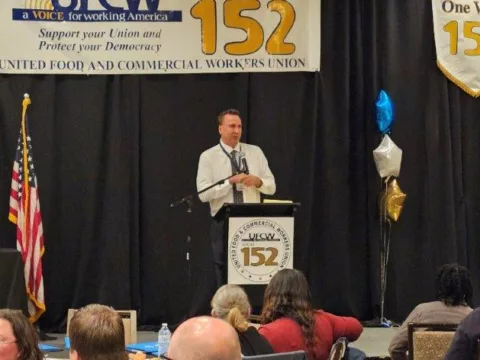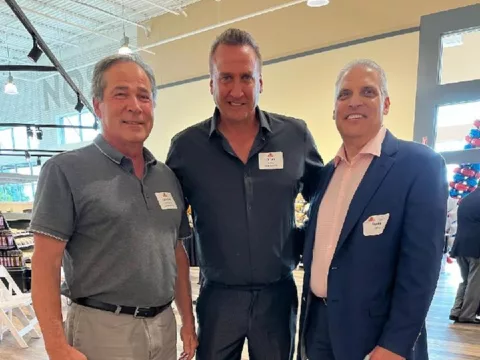- 3120 Fire Road, Suite 201 Egg Harbor Township, NJ 08234
- 888-564-6152
Message From The President – Winter 2019
As seen in the Unity: Winter 2019 – President’s Report. See past copies of the Unity here.
The victorious ‘Fight for $15’
In late 2012, fast-food workers in New York started one of the most successful movements of the 21st century: “Fight for $15.”
The workers’ calls for a livable wage of $15 an hour and the right to join a union soon spread across the country, and as a result 22 million low-wage workers have won $68 billion in annual raises to date, according to the National Employment Law Project (NELP), a grassroots advocacy group.
NELP credits the Fight for $15 movement for establishing an accepted benchmark for livable wages in the United States. According to its 2016 report, the $68 billion raise was more than 14 times larger than the last federal minimum wage increase, enacted in 2007.
Earlier this year, New Jersey became the most recent state to join the movement when Gov. Phil Murphy signed legislation to raise the minimum wage to $15 per hour for most workers by 2024. The incremental wage increases begin this year — the current minimum wage is $8.85 per hour.
This is good news for all workers, not just those earning minimum wage. Whenever more workers can earn a fair wage, it strengthens the entire Labor Movement.
It’s not all good news
Although it is much needed, the minimum wage increase may carry with it some consequences. Republican lawmakers and large employers have long fought against raising the minimum wage, and now that it has become law, we must expect a reaction.
The most predictable reaction, unfortunately, is that employers might rush even faster to adopt automation and artificial intelligence in stores. If they can’t keep wages low, they may seek to cut jobs altogether.
We’re already feeling the effects of AI and other technologies. While self-checkout is already well-established, entire new stores are being built without checkers, deliveries are being tested using driverless cars, and robots are being evaluated for replacing stockers at stores and warehouses.
A Stop & Shop is opening that will have no meat cutters or deli or seafood workers. All of those items that are usually presented fresh to the customer will instead arrive prepackaged from a centralized facility.
The question to ask when these technologies are implemented is: Who benefits? Our union is not afraid of technologies that improve our lives, but when checkers are removed or other changes made that only frustrate customers and workers, is it just to improve the bottom line for employers?
We won’t support unnecessary changes in stores that only serve to increase corporate profits by reducing labor costs.
One potential response from the Labor Movement may be to help draft legislation requiring employers to continue paying payroll taxes for jobs that are eliminated through automation.
It’s not all doom and gloom, though. New technologies also create tremendous opportunities for new jobs. In some stores where innovative new technology is implemented, the number of jobs actually increased.
We just have to be knowledgeable about these changes and ready to meet the challenges ahead.
— President Brian String
Read past Messages, or learn more about President Brian String.





